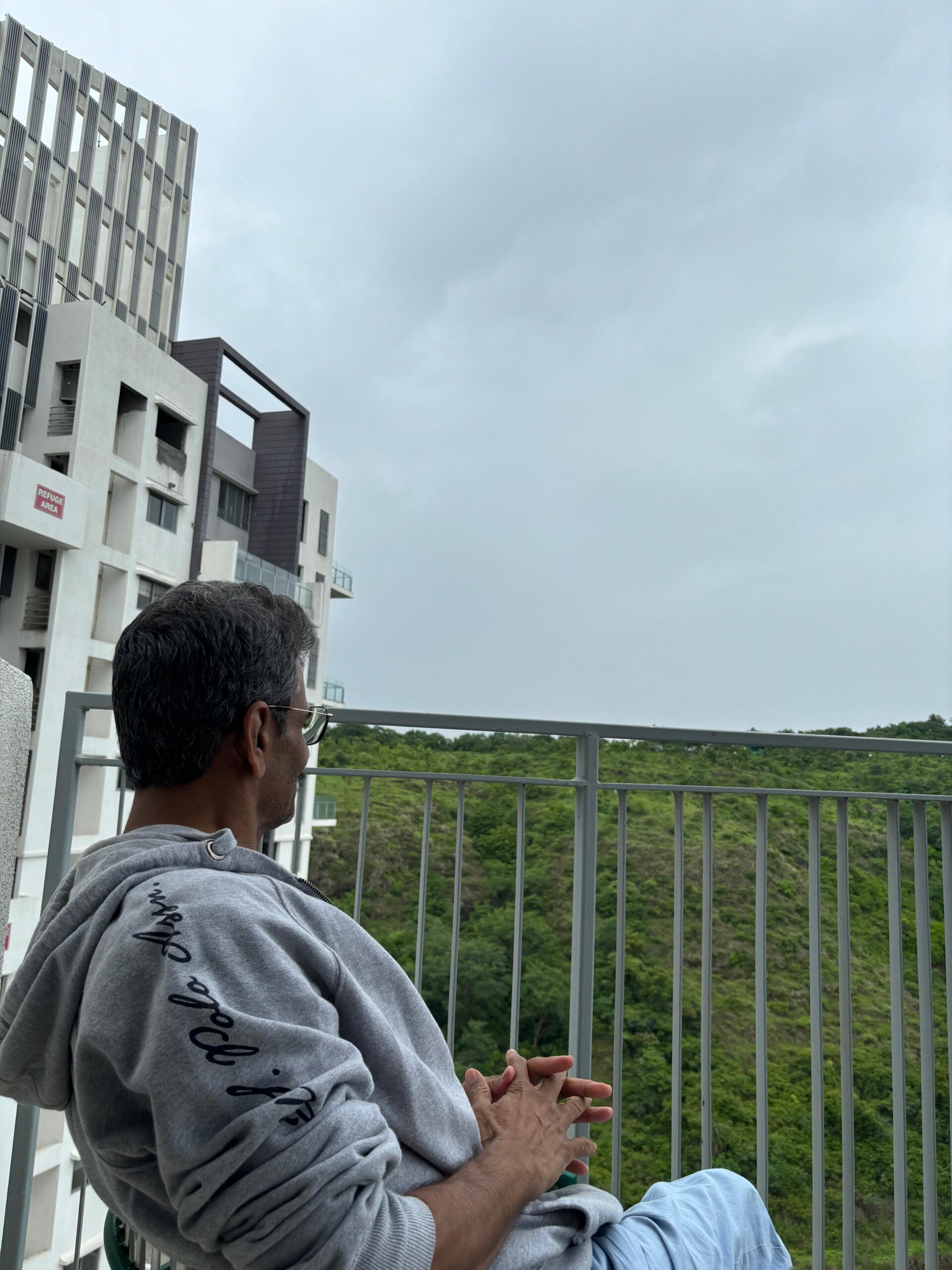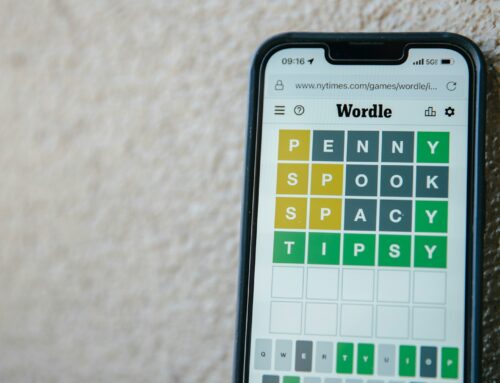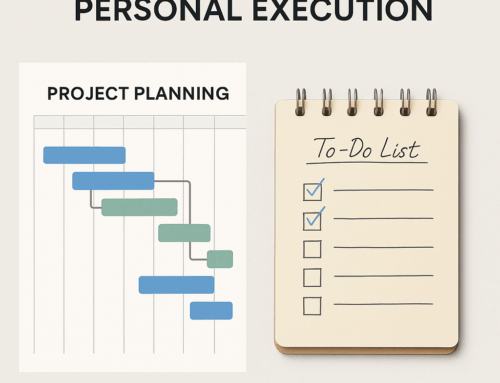In the first part of this series, we explored how incorporating stretching and physical exercises into your daily routine can mitigate the health risks associated with prolonged sitting.
Now, let’s dive into another crucial aspect of maintaining your health while working hard: taking restorative breaks. This isn’t just about stopping work for a few minutes; it’s about engaging in activities that genuinely refresh your mind and body. One such activity is the Dutch concept of niksen.
Before we go any further, here’s a disclaimer: I’m not a health expert. What I share is based on my personal experience and common sense. This is a journey, and I hope to discover more helpful ideas as I progress.
The Importance of Restorative Breaks
It’s easy to get caught up in the demands of work and forget to take breaks. However, skipping breaks can lead to burnout, decreased productivity, and various health issues. Restorative breaks help to reset your mind, reduce stress, and improve overall well-being. They are essential for sustaining high levels of productivity over the long term.
When you’re deeply engrossed in a task, taking a break can feel disruptive. However, stepping away can actually help solidify your thoughts, offer new perspectives, and more than anything, it contributes to better overall health by reducing stress and preventing burnout.
What is Niksen?
Niksen is a Dutch term that translates to “doing nothing.” It’s the practice of purposefully taking time to be idle and letting your mind wander. This might sound counterproductive, but niksen can have significant benefits for your mental and physical health.
How to Practice Niksen
1. Find Time: Make time for spontaneous sessions of niksen throughout your day. Do not plan! Instead, seize the moment when you feel the need to unwind. The ideal time to take a break is when transitioning from one task to another. This provides a natural memo for a break, allowing your brain to shift gears more smoothly and efficiently. Use this transition time for niksen.
2. Find a Comfortable Space: Choose a quiet and comfortable place where you can relax without distractions. This could be a cozy corner in your home, a park bench, or even your office chair. Personally, I find my balcony to be an ideal spot for unwinding.
3. Let Your Mind Wander: Allow yourself to daydream, observe your surroundings, or simply breathe deeply. The goal is NOT to focus on any particular task or worry about productivity.
DOs & DON’Ts
- You DO NOT look at phone or read a book or watch TV.
- Slowly sipping water during niksen can be both refreshing and calming.
- Perform eye exercises to reduce eye strain, especially if you spend long hours staring at a computer screen. Roll your eyes, look at distant objects, and blink frequently to keep your eyes healthy.
Other Forms of Restorative Breaks
While niksen is simple and wonderful way to recharge, there are other restorative activities you can incorporate into your breaks:
- Power Naps: A short nap of 10-20 minutes can significantly boost your alertness and performance. If you nap at your desk, it’s easier to avoid sleeping too long. If you use a bed, set an alarm to ensure you wake up on time.
- Short Walks: Take a brisk walk around your office or home. Walking not only helps to stretch your legs but also clears your mind and boosts creativity. Plus, you can get a healthy dose of vitamin D, if you step out!
- Shavasana, is a fundamental yoga practice aimed at achieving deep relaxation and mental clarity. By lying flat on your back with arms and legs comfortably spread, you allow your body and mind to enter a state of complete rest, promoting stress relief and overall well-being.
- Mindful Breathing: Spend a few minutes focusing on your breath. Practice your favorite Pranayama technique; mine is Anulom Vilom. If you haven’t practiced Pranayama before, you may want to start with simpler techniques. I recently read and tried the ideas mentioned by Olsen and found them very effective. You can check out his insights here:
- Quick Meditations: Use a meditation app to guide you through a short session. Even five minutes of meditation can have a profound impact on your mental clarity and emotional balance.
Remember, investing in your health pays off best through small, consistent, long-term habits—much like compound interest—rather than seeking immediate, jackpot-like results.
Taking restorative breaks, including practicing niksen, can transform your workday and enhance your overall well-being. By giving yourself permission to pause and recharge, you’ll be better equipped to handle the demands of work and maintain your health.
Epilogue
I was amused by a TV commercial for a soft drink where a lazy guy is idling around, and another guy tries to persuade him to go do some work. The lazy guy asks why he should bother, and the other replies that it will make him rich and successful. When he asks what will happen if he becomes rich and successful, the answer is that he will be able to relax and enjoy life. The lazy guy shuts the other up by asking, “What do you think I’m doing now?”
This story humorously contrasts idleness without work with idleness after a lot of work. The key difference is the achievements made along the way. By being organized and productive, we gain control of our time, giving us the power to choose how to spend it. This power helps us stay productive while also finding ways to relax, promoting healthier, sustainable productivity. So, don’t be ashamed of relaxing or taking breaks—they are essential for long-term success.
Subscribe to my newsletter, to get tips like this and more, directly in your inbox!






